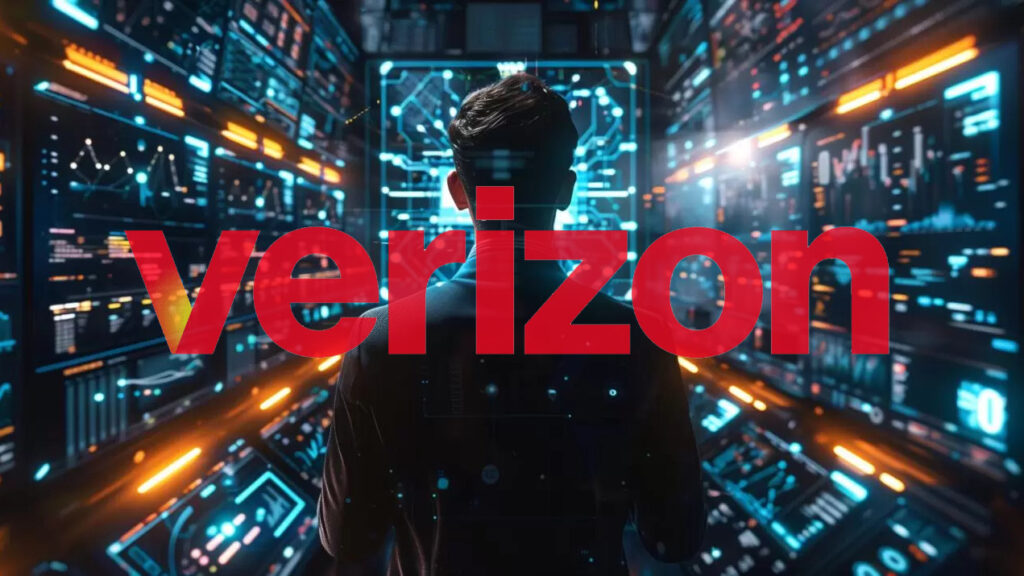Editor’s Note: Welcome to our weekly Reality Check column where C-level executives and advisory firms from across the mobile industry share unique insights and experiences.
The media landscape has changed more in a short amount of time than ever before. The big catalyst has been the explosive growth in mobile and the introduction of the tablet, which has triggered a revolution in the TV space. Where TV was once locked in the living room, it’s now truly versatile – as it should be in a converged world – offering a personal, relevant and engaging user experience in and outside the living room, across many screens.
Today, the reality is that consumers own multiple devices and want to watch live and video-on-demand services across all these platforms – demanding a consistent experience and ubiquitous access to their content. This trend has made multi-screen delivery and related rights management table stakes for any technology provider, operator or service provider who wants to deliver and monetize TV everywhere services in the evolving digital entertainment landscape.
In order to keep pace with the demands for this true TV everywhere in and out of the living room, operators are looking to implement highly efficient, scalable technologies to provide access to their content across multiple devices and screens.
The catch is – when delivering video to multiple devices, it’s important to understand that you have to deal with fragmented formats, delivery protocols, and complicated distribution policies and rights management.
Personalized content is king
However, it’s not enough to just deliver digital entertainment to multiple devices; the viewing experience must also be personalized and engaging. For example, it’s no secret that traditional cable and IPTV models had and continue to have what I consider a significant flaw. These models have no means of identifying with the content consumers. However, there’re plenty opportunities to personalize the user’s discovery experience or increase advertising revenue through targeted ad placements. Such personalization is imperative in a multiscreen world where the user is typically viewing content on their individual device.
Fast forward to 2013, and companies have disrupted this model by offering technologies and integrated platforms that support multiple profiles, identifying the individual user behind each device, and provide personalized recommendations that take into account their location and device. This innovative approach enables the most appropriate content and ad interactions to be delivered to the right user on the right device, in the most bandwidth-optimized manner. This model also puts the user at the center of their video experience, delivering personalized content to them and not their device.
Even more compelling, the technology that makes personalized content possible also makes personalized advertising possible. Utilizing “contextual awareness,” the operators can now leverage metadata built into ads to target consumers based on their preferences, device type, location and more. This additional revenue stream has proven to be of great interest in the industry for both sides of the coin.
Rights management
Operators realize that achieving true multiscreen delivery across mobile devices is an increasingly complex and expensive proposition, especially amid shifting content and policy rights that limit how, when and where content can be consumed. Content rights vary by geography, licensing and ownership and format – whether content is broadcast live or streamed to a device or recorded. With operators offering multi-screen services, online storage and personal video recorders, it’s getting increasingly difficult to manage these rights.
Ultimately, the end users are not aware of the legal issues that prohibit them from being transferred from one platform to another. They are focused on getting their content, when, where and how they want it. It’s up to the multiple system operators to decide how to best manage these content restrictions, while providing a seamless and personalized experience. As the market changes from addressing novelty needs (nice to have) to utility needs (must have), it’s important to accept this challenge and optimize content for all the different devices out on the market, by leveraging available technology to deliver the best experience they can.
Into the living room
The industry’s rapid convergence has opened the door for wireless operators to leverage their distribution capabilities and establish a brand presence in the home. Using devices like HDMI dongles coupled with Wi-Fi connectivity can offer a low-cost, small-footprint alternative to traditional set-top boxes. This approach ensures a connected experience both in and out of the home while also providing opportunities to deploy value-added services beyond TV.
The TV experience demanded by today’s consumer and the trend towards converged services beyond media require the use of open and easily scalable technologies. In 2014, these trends will continue to drive new business opportunities and disruptive business models for the wireless industry.
Cedric Fernandes serves as CTO at MobiTV. Fernandes oversees the strategic direction of the company’s technology and platform roadmap utilizing his passion for conceptualizing and delivering true TV everywhere experiences and multi-platform solutions. Over the past eight years, Fernandes has been one of the company’s key technologists helping to drive innovation in the delivery of media to all connected screens. Most recently, in his post as vice president of technology, he oversaw the direction of the company’s connected media platform, OEM partnerships and R&D efforts, among other responsibilities. Prior to MobiTV, Fernandes served as CIO at NetPace, an application development and systems integration company. During his tenure, he trail blazed the business-to-business application space by having effectively architected and managed enterprise applications designed specifically for wireless. Additionally, utilizing his deep experience with delivery across networks, he built an SMSC and ESME to provide text messaging services to wireless operators and content providers while running some of the highest volume messaging campaigns of its time. Fernandes is an inventor of several technology patents related to media streaming and distribution.


